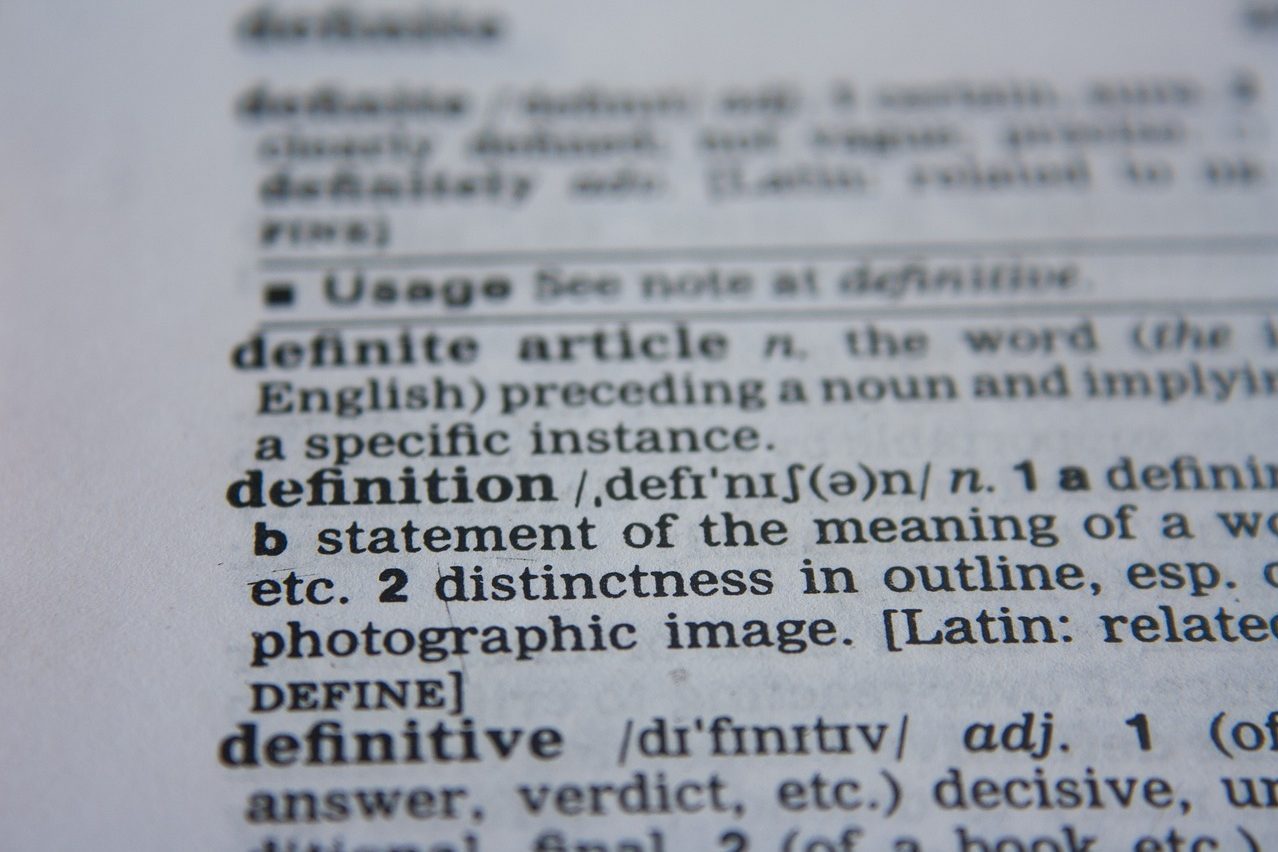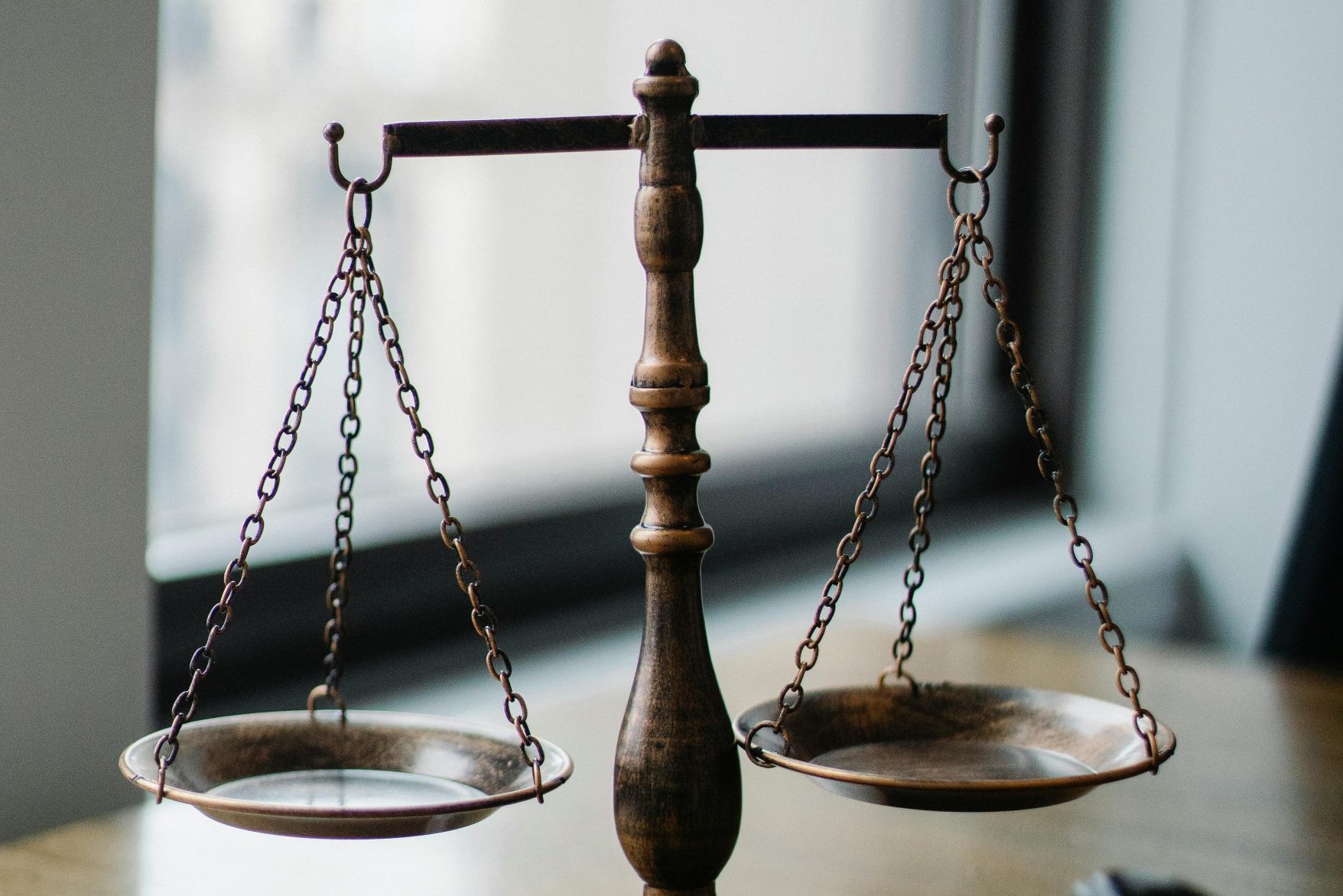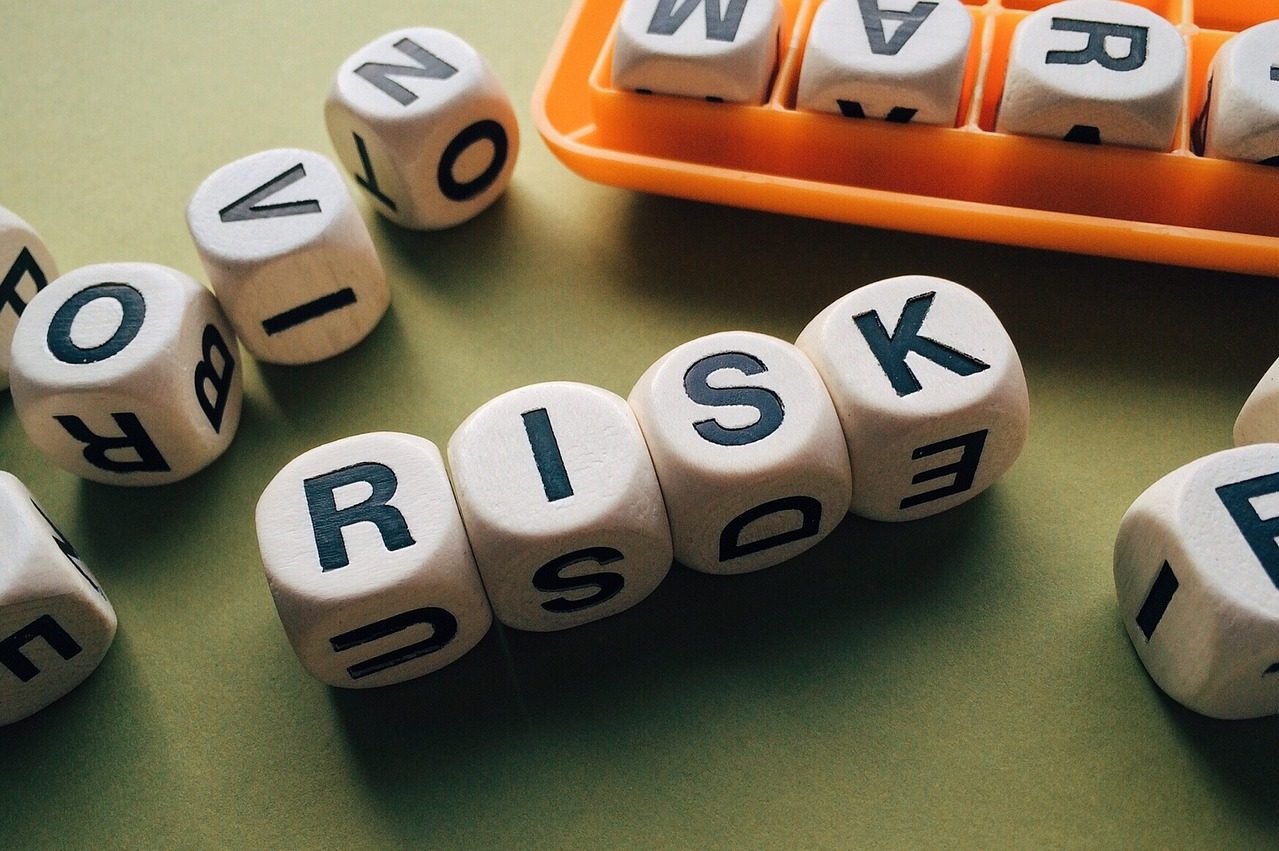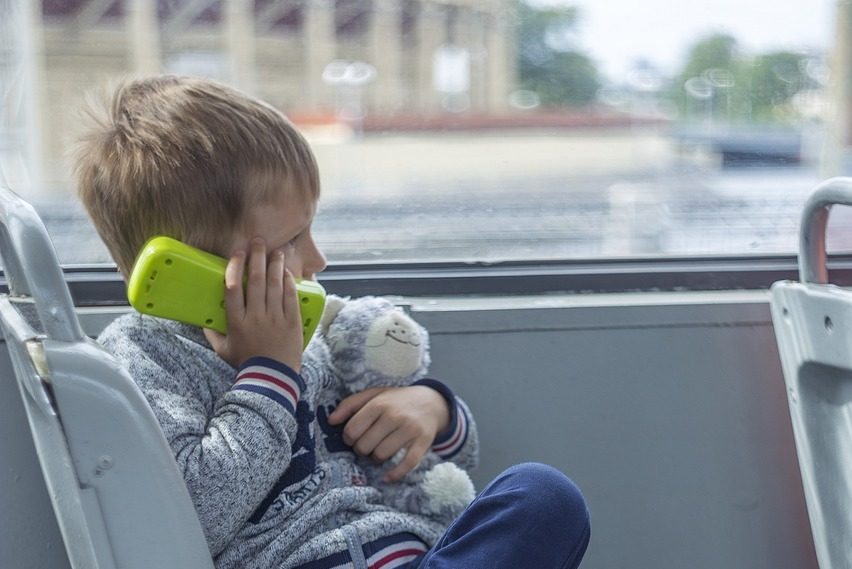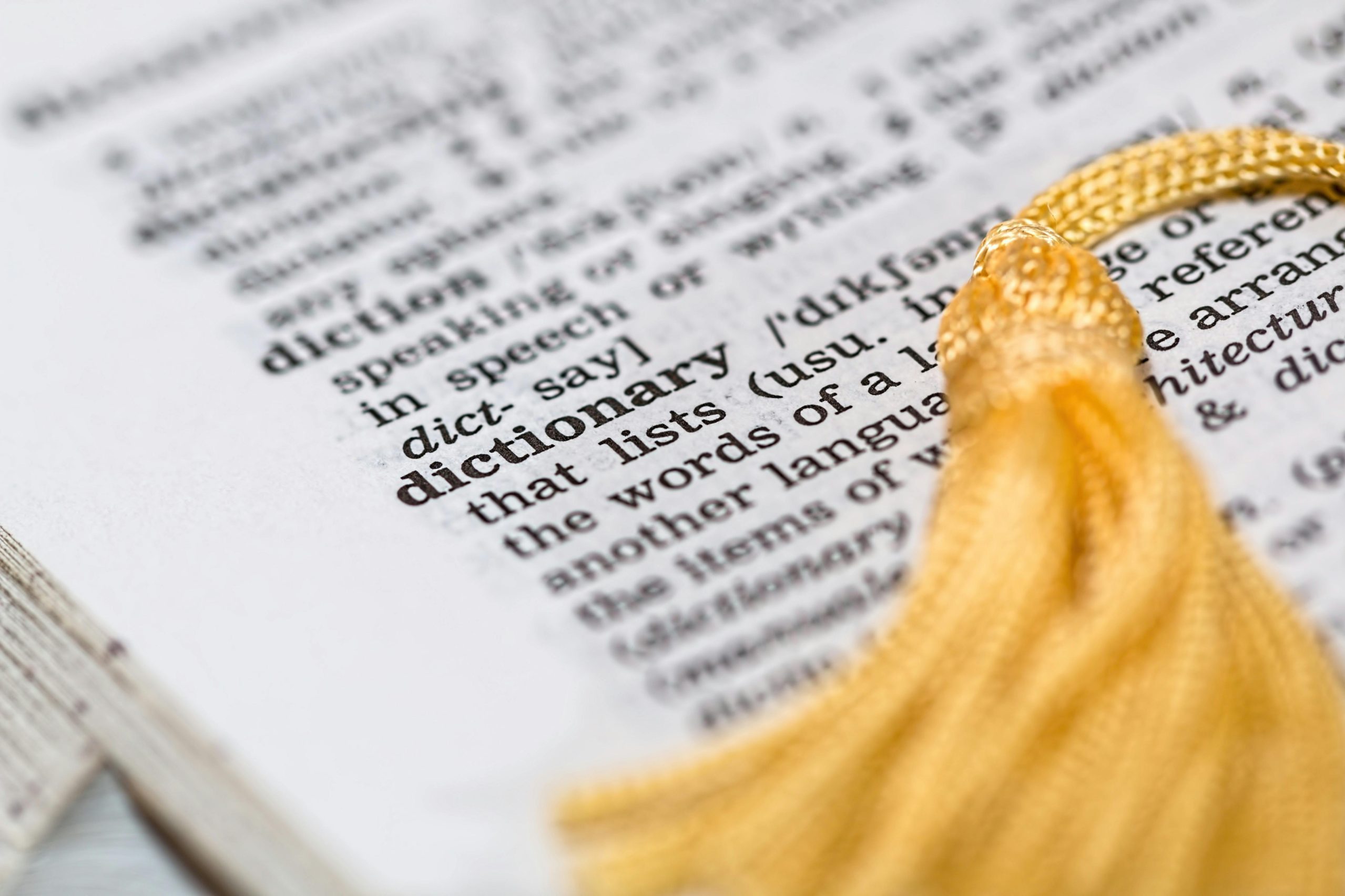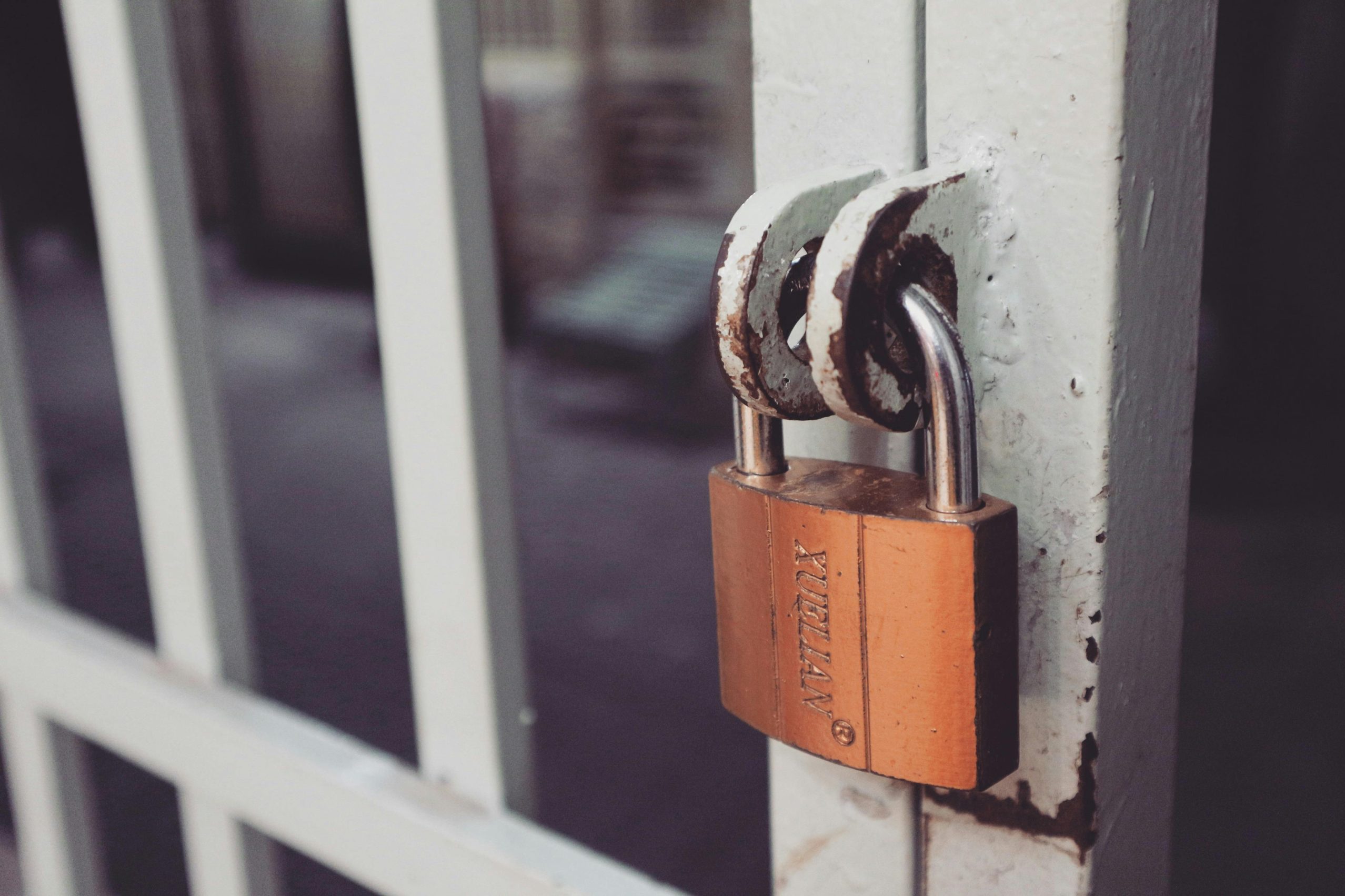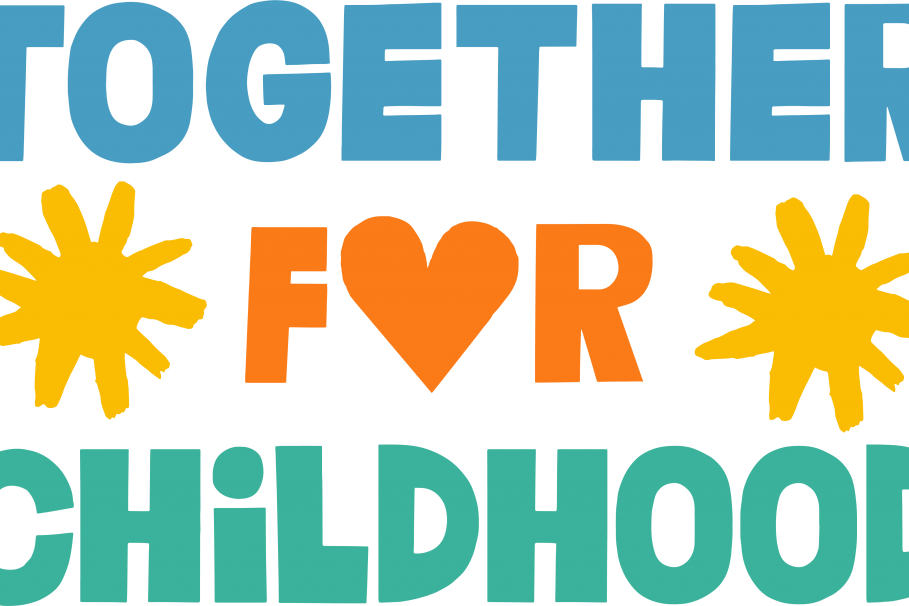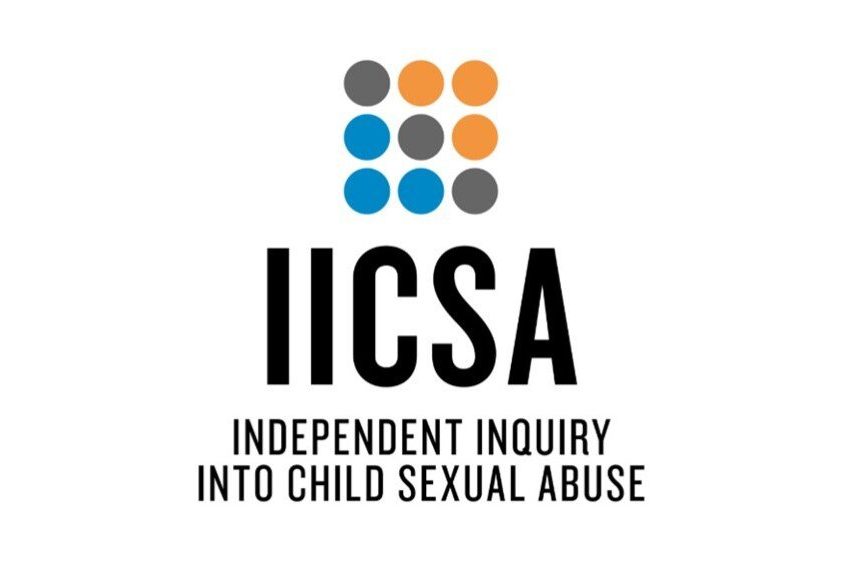Introduction
Child sexual abuse is just as common as other forms of abuse, with an estimated 500,000 children sexually abused every year. Children are disproportionately likely to be victims of sexual offences, they are the victims in 40% of all sexual offences, yet make up just 20% of the population (Centre of expertise on child sexual abuse)
However, only a small minority of sexually abused children come to professionals’ attention at the time of the abuse occurring, a key priority for the Plymouth Safeguarding Children Partnership (PSCP) is to change this and break the taboo on sexual abuse and reduce the stigma surrounding it. We want to reduce the gap between the number of children who experience sexual abuse and the much smaller number currently identified and supported by professionals.
Most children who’ve been sexually abused are abused by someone they know. Sexual abuse can have both short and long-term effects. The impact of sexual abuse can last a lifetime. Together we want to create a city where we work together to prevent sexual abuse, and support children at the earliest point possible by creating a culture of working ‘with’ families and communities.
This practitioner’s guidance aims to improve and develop our knowledge and understanding of sexual abuse and is for everyone who supports children, families, and adults across the multi-agency workforce.
By clicking on each section below you can explore the key areas and practice concepts when working with sexual abuse. This will be reviewed and added to regularly so please revisit this page to check for updates. We hope you will find this useful and please feel free to get in touch with us at pscp@plymouth.gov.uk if there is any content you would like us to consider adding.
This practice guidance is supported by our Child Sexual Abuse Practitioners Toolkit with practical resources for you to use in your direct work with children and families. You can find the toolkit HERE.


